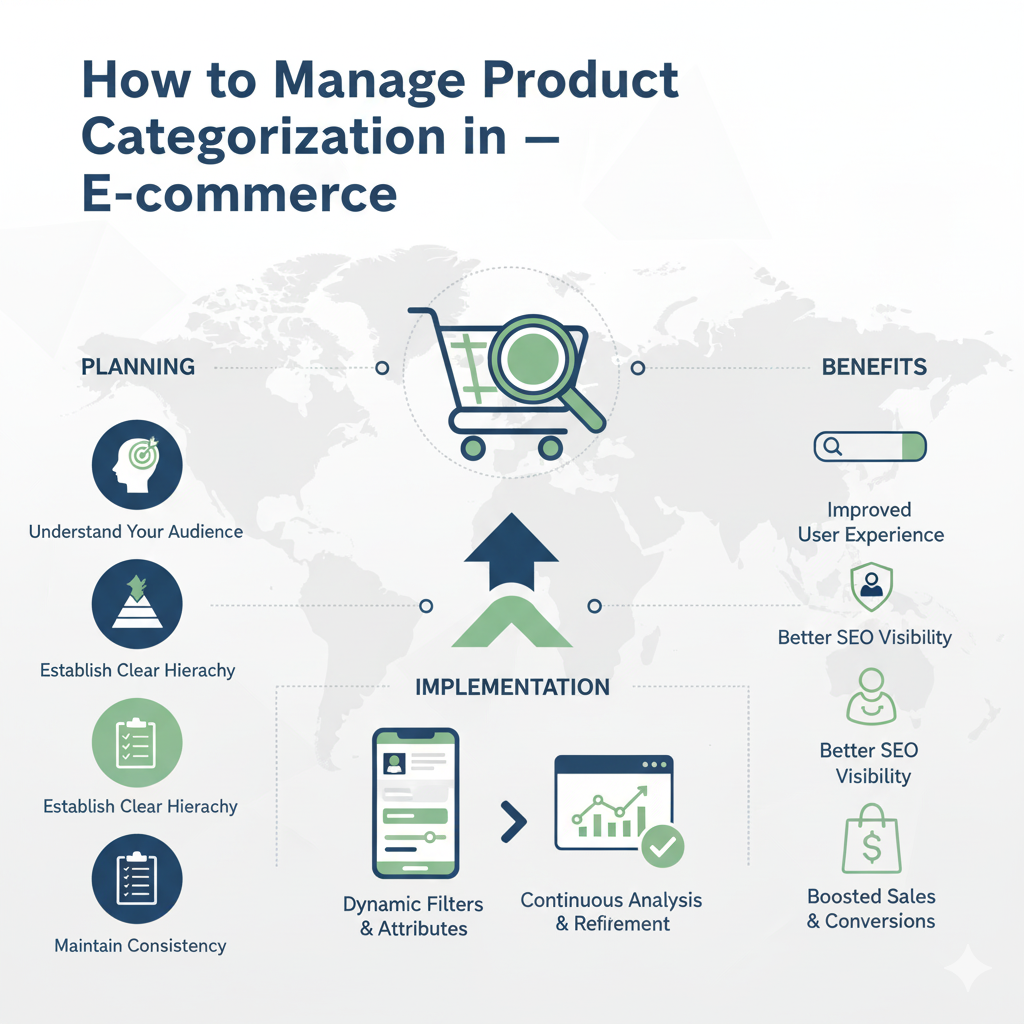The process of shopping at a huge online store can be a difficult experience for shoppers if the products aren't organized in a rational manner. Categorization of products is the art of organizing your items into a logical structure that is easy and easy for shoppers to navigate. If done properly it's a highly effective instrument that enhances the user experience, increases the search engine's visibility and increases sales. A well-planned system of categorization for your products will ensure that users can easily locate what they are looking for, no matter if they're browsing by department, looking for a specific item or searching for a particular characteristic. This isn't something that can be done in a single day and requires constant focus to ensure that your system is efficient as your catalog of products and customer preferences change.

The initial and most important step is to comprehend the people you want to reach and how they think. The method you categorize your goods must reflect your customer's mental model. Are they shopping according to brand, product type, by gender or even by event? Through conducting market research and analysing your customers' search queries it is possible to create an organization that feels natural and easy to use. For instance clothing stores could make use of categories such as "Men," "Women," and "Children," with subcategories for "Tops," "Bottoms," and "Dresses." Within these categories, additional filters such as size and color as well as materials can be used to further refine the search. The structure was designed to make it easier for the customer and allow users to locate the item they're looking for in a few clicks.
The next step is to establish an organized and consistent hierarchy. A well-designed structure for categories is not just logical, but also flexible. It should begin with broad categories that are top-level and then expand into subcategories that are more specific. For example, a household goods store could have a top-level classification of "Kitchen & Dining," that is broken into subcategories, such as "Cookware," "Dinnerware," and "Small Appliances." Each one of these could have additional subcategories or filters. It is essential to avoid creating a complicated or complicated structure that demands a lot of clicks in order to access the product. A simple, broad structure is usually more user-friendly, since it allows all products to be easily accessible.
The next step is to establish an organized and consistent hierarchy. A well-designed structure for categories is not just logical, but also flexible. It should begin with broad categories that are top-level and then expand into subcategories that are more specific. For example, a household goods store could have a top-level classification of "Kitchen & Dining," that is broken into subcategories, such as "Cookware," "Dinnerware," and "Small Appliances." Each one of these could have additional subcategories or filters. It is essential to avoid creating a complicated or complicated structure that demands a lot of clicks in order to access the product. A simple, broad structure is usually more user-friendly, since it allows all products to be easily accessible.
Beyond basic categorization the e-commerce cart system permits the application of dynamic attributes to products and filters. This is the feature that truly improves customer satisfaction. If you let customers sort items by specific features like size or color, brand or price it allows users to narrow their search to find the ideal item without having to sift through an enormous catalog. A faceted navigation system, which lets customers utilize multiple filters all at a time--is the latest standard in online retail that dramatically improves customer's experience and the conversion rate.
In the end, managing categorization of your products is a continuous process of refinement and analysis. When new products are introduced and customer behavior shifts your categorization process could require adjustments. Check your site's search results to find out what your customers are searching for and the search terms they're using. Be aware of the behavior of users on your website including bounce rates for pages that are category-specific or search terms that do not return any results. This information can give you valuable insights into how your categorization method could be improved. If you view categorization of products not as a once-only setup but rather as a continual optimization process, you will be able to ensure that your online store is functional and efficient for customers.